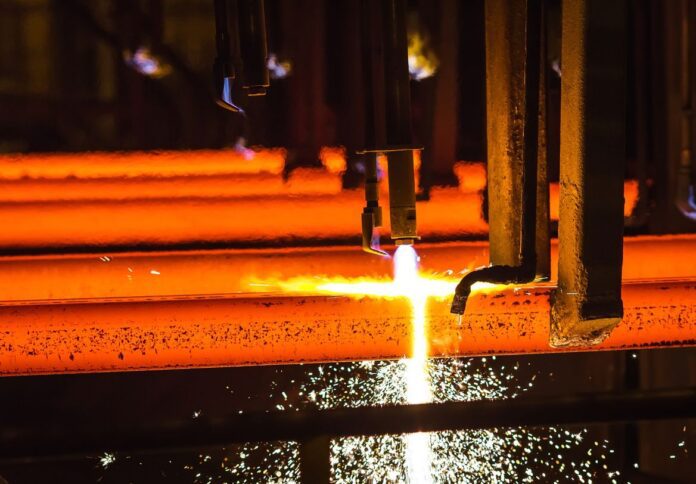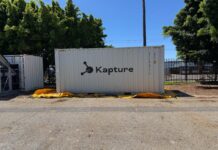
Melbourne-based mining company BHP engineering firm Hatch have inked an agreement to design an electric smelting furnace pilot (ESF) plant with a plan to construct the facility in Australia.
The facility aims to show BHP’s steelmaking clients how to use iron ore from its Pilbara mines to produce steel with less carbon dioxide (CO2) intensity, BHP announced in a press release.
Under the agreement, BHP and Hatch will evaluate potential locations for the planned plant in Australia based on supporting infrastructure, technology skills, and the availability of local partnerships to develop and run the facility.
The small-scale demonstration plant would be used to engage with steel producers and technology providers in order to generate and share learnings in order to accelerate the scale-up of ESF plant designs.
The pilot facility would also be used to test and optimise iron output from the ESF, a new type of furnace being developed by steelmakers and technology companies to produce low CO2 emission-intensity steel.
According to BHP, The ESF is capable of producing steel from iron ore using renewable electricity and hydrogen replacing coking coal, when combined with a direct reduced iron (DRI) step.
Estimates show that processing Pilbara iron ores through a DRI-ESF pathway might reduce CO2 emissions by more than 80 per cent compared to the present industry average for the conventional blast furnace steel method.
“We see the ESF process as a critical breakthrough in significantly reducing the carbon emissions intensity of steel production and one that provides an opportunity for iron ore from our Pilbara mines,” Vandita Pant, BHP’s chief commercial officer.
According to Pant, the steel industry has identified the ESF as a viable option for using a broader range of raw materials, and steel companies around the world are looking to build commercial-scale ESF plants as part of their CO2 emission reduction roadmaps.
Michiel Hovers, BHP’s group sales and marketing officer expressed his delight to collaborate with Hatch to advance the development of pathways towards a lower GHG emission footprint for the steelmaking industry.
“The ESF technology is very exciting and potentially very relevant for reducing the carbon emissions intensity of steel production and provides new and exciting opportunities for our Pilbara iron ore and our customers,” noted Hovers.
Meanwhile, Hatch’s Managing Director for Bulk Metals, Joe Petrolito, said the project represents a crucial turning point in the effort to reduce carbon emissions within a difficult industry that supports advancement and infrastructure around the world.
BHP said the pilot plant will make it possible to gain more detailed and precise insights into how well this technology performs in turning iron ores into molten iron and steel.
Planned test programs will support the development objectives of BHP’s steel clients by reducing the risk of additional investment in commercial-size projects.
BHP added that other industrial demonstrations, including Sweden’s HYBRIT project, have used this scale-up strategy.



















